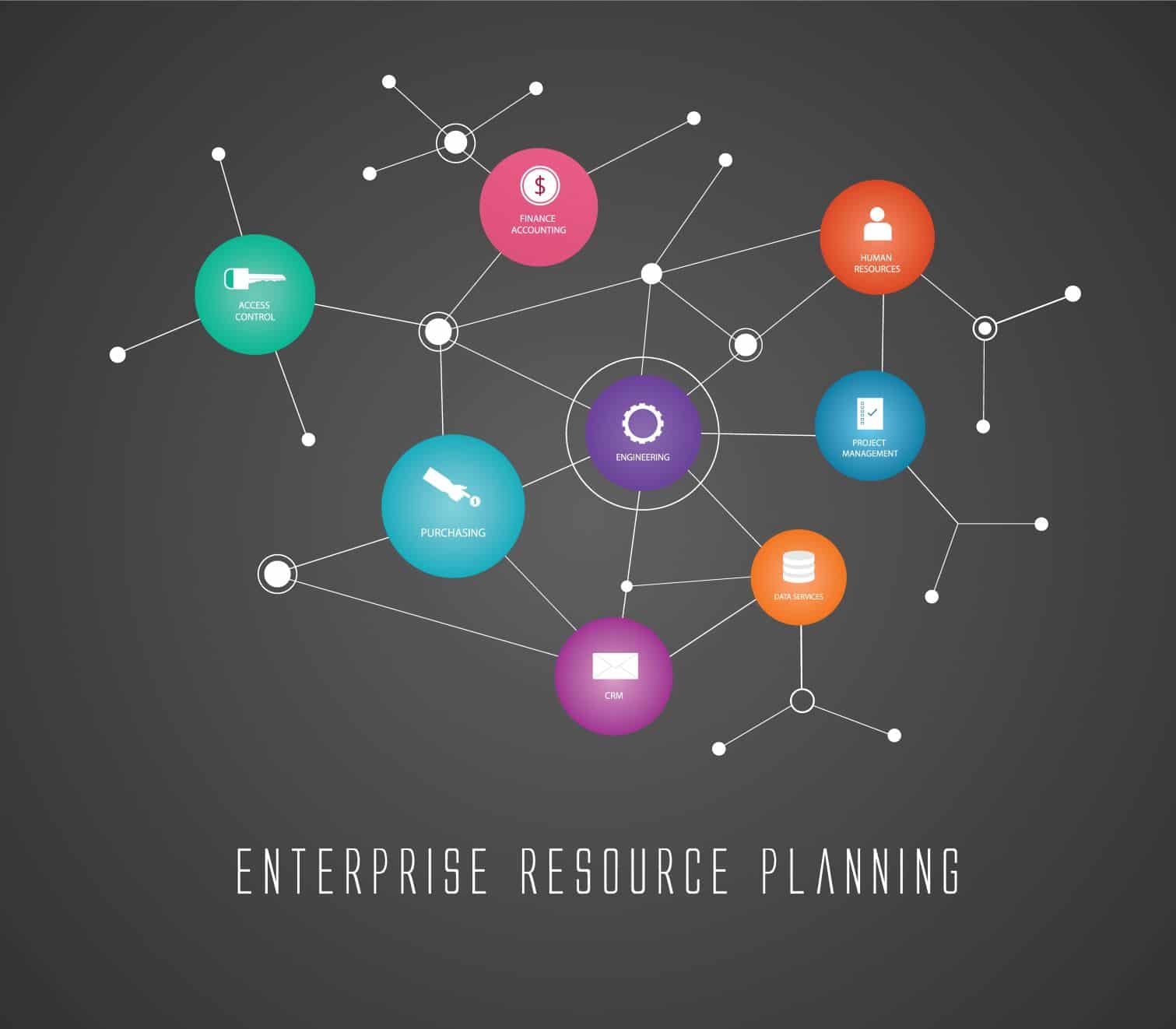Regrettably, disappointing ERP project outcomes continue to be a recurring business theme. Poorly deployed ERP projects are often crippling for business operations, financials, and employees. In today’s digitally interconnected world, ERP issues adversely impact customers, suppliers, and partners. While various reasons can be attributed to these outcomes from one company to the next, some general causes seem to underlie many projects. Thankfully, those can be remedied by incorporating these five steps at the outset of the project, with improved outcomes for everyone involved.
Business Strategy
When new business opportunities arise, you never want to hear “Our Systems Can’t Do That.” Omitting business strategy in the ERP decision process eventually leads there. ERP systems are one of several major technology platforms used to operate a business. ERP projects are very large, costly, and disruptive with decisions made around system selection and functionality often having a life span of 10+ years. ERP is a big decision with lasting repercussions, so get it right! ERP capabilities and configurations deeply rooted in business strategy assure the system is capable of not only supporting current but future business directions too. Consider where business markets, customers, products, services, regulatory, growth, structure, and scale are headed to help future proof decisions while selecting the right system and setting it up.
Business and Technical Architecture
Architecture considerations are foundational to good ERP outcomes, incorporating current and future state business and technology designs that may last for a decade or more. Strategy execution requires foresight to land on the right architecture; how might the company pivot to serve existing or new markets and what is the best structure for business operations and technology platforms to deliver on the strategic imperatives? Considering and incorporating business architecture requirements at the outset will prevent foundational capabilities from being omitted that may be needed later on. Consider how the business will best operate structurally when thinking about legal entities, markets, customers, products, services, growth, scale, etc. How will the core business structure and processes need to interplay with one another? Technical architecture starts with the data model and sets the stage for analytics capabilities later on. What ERP system is best suited for your industry and business? Are monolithic, best of breed, or hybrid ERP system architectures better suited? How much customization should be considered? Consideration given to architecture upfront will deliver value both today and tomorrow.
Define the Business Process
From “That’s How We’ve Always Done That” to industry best practices, this is where the really hard work occurs. Process decisions will be made during implementation that have lasting repercussions, both functional and financial, lasting for many years. Before implementation and with architecture as the backdrop, process mapping of current and future state is critical. The time devoted to this aspect is the single biggest factor concerning outcomes. Too often new ERP is made to look just like old ERP, forgoing opportunities to improve the business and gain operational efficiencies that a new system invariably offers. The best outcomes occur when simplifying processes before deploying a new ERP. This can dramatically reduce the time and cost to deploy. Failure to consider different ways to process the business could have dramatic impacts on future business capabilities and margins.
Governance Team
ERP projects are often led by the IT department and perceived as just another IT project. That can have dire consequences. ERP is at the heart of how a business operates, therefor the business should drive ERP selection and implementation, not IT. For this step alone, the best outcomes occur when an executive business leader champions the project across the entire business, in strong partnership with IT who brings large project methodology and technical know-how. Decisions around ERP selection, functionality, system configuration, and customizations should be orchestrated with an executive steering committee representing all key areas of the business. Decisions and tradeoffs around scope, schedule, resources, and budgets invariably arise, and the business at large needs to own that process and live with the outcomes. Proper governance delivers ERP that embraces functionality that differentiates, leverages best practice to drive efficiencies, and ensures an upgrade path while keeping future costs in check.
Project Core Team
ERP projects require a dedicated village and your best people. Quality outcomes only happen when your key employees from all departments, the process experts, are involved. Backfill their day jobs, freeing them up to work full time on the project. Contract functional process and technical expertise as needed. Add a skilled program leader and project managers to fill out the roster. A dedicated team comprised of subject matter experts results in the best-designed system, the fastest deployment, and the least amount of disruption to the business.
Incorporating these five steps into your next ERP project sets the stage for success that will have a lasting impact on your business.


